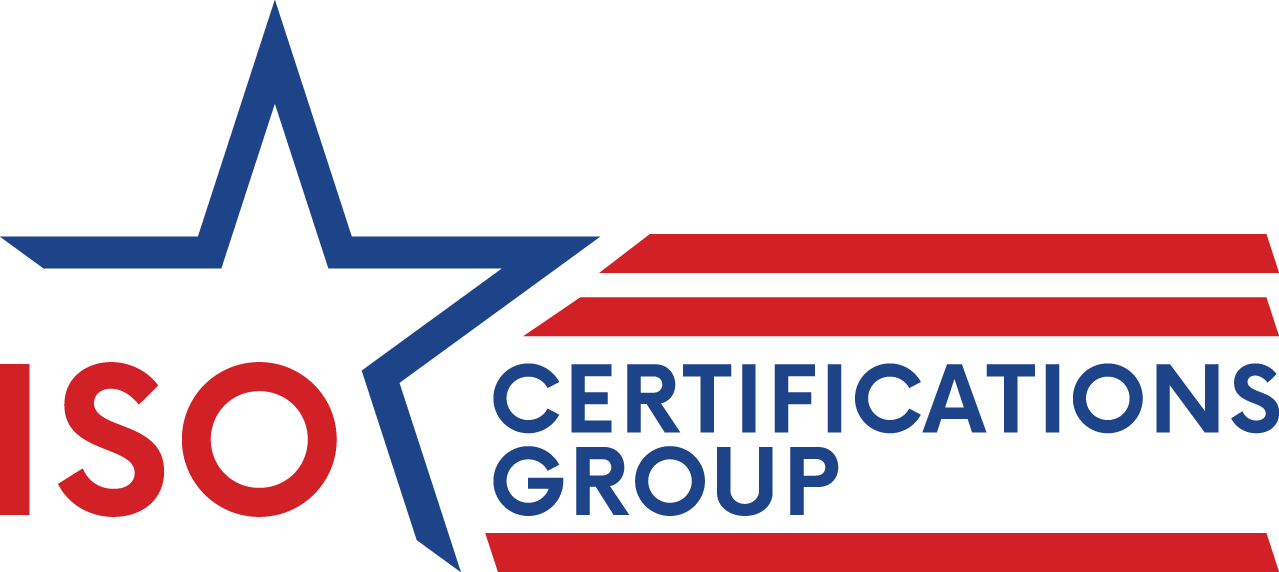In today’s feedback-driven marketplace, receiving complaints can feel daunting. It’s tempting to ignore a bad review or downplay customer dissatisfaction to protect your reputation. But when it comes to your ISO 9001 Quality Management System (QMS), dismissing complaints is a actually missed opportunity.
Rather than treating complaints as setbacks, organizations should view them as strategic insights. When properly addressed, they can spark improvements that benefit both your QMS and your overall business performance. In this article, we’ll be explaining more about how managing complaints proactively supports conformance, enhances customer satisfaction, and fuels continuous improvement. Let’s dive in!
Why Complaints Matter to Quality Management
Complaints aren’t just noise; they’re direct signals from your customers about what’s not working. When handled constructively, they serve as a powerful diagnostic tool for identifying gaps in your products, services, or processes. Organizations that treat complaints as valuable data points gain a competitive edge, using that feedback to refine operations and better meet client expectations.
Beyond resolving immediate issues, a complaint management process can reveal deeper systemic flaws that might otherwise go unnoticed. When you track and analyze complaint trends, you’re able to take corrective action early— minimizing risk, reducing recurring issues, and embedding a mindset of continuous improvement throughout your organization.
How you respond to complaints also says a lot about your commitment to quality and customer care. Handling concerns with empathy, transparency, and urgency not only addresses the problem but also builds lasting trust. A poor experience, when turned around effectively, can actually deepen customer loyalty and even lead to positive word-of-mouth.
How to Handle Complaints Effectively
Practice Active Listening
It starts with listening. Really listening. Train your teams to approach complaints with patience and professionalism. Don’t just aim for quick fixes; instead, seek to understand the root cause and resolve the underlying issue. Each complaint offers insight into how you can enhance your customer experience and internal operations.
Be Transparent and Proactive
Transparency builds trust. Set up a clear and consistent process that keeps customers informed from the moment a complaint is logged to its resolution. Acknowledge their concern, communicate openly about next steps, and follow up with updates. This accountability shows customers that you take their concerns seriously and are committed to doing better.
Make Feedback Easy and Accessible
Encouraging feedback starts with removing barriers. Make it easy for customers to share concerns by offering multiple communication channels such as: email, phone, social media, and online forms. Don’t underestimate the value of real human interaction, either. Many customers still prefer to speak with a person over automated responses, and offering that option fosters a more personal and trusted experience.
Conclusion: Yes, Complaints Drive Improvement
Handled correctly, complaints can become one of your organization’s greatest assets. They offer unfiltered insight into customer needs, uncover opportunities for improvement, and help strengthen your QMS. By listening actively, communicating transparently, and making it easy to give feedback, you transform complaints from frustrations into fuel for progress. Embrace them and watch your organization grow stronger, smarter, and more customer-focused.
Want to certify your ISO 9001 Quality Management System? ISO Certifications Group is a professional and trustworthy certification body here to ensure that your path to certification is smooth and guided by experienced auditors. Our goal is to provide objective audits, help your organization achieve certification, and ensure that you reap the benefits of ISO 9001. Contact us today to begin!

